Rare Rides: A Very Special 1979 Saab 900

Portland seems to be a relative hot spot for old, well-maintained Saabs, and Rare Rides covered this Portland-based 99 previously. And while that little blue sedan racked up 195,000 miles, today’s 900 has covered several times more than that. Just how far can an old Saab go?
Though Saab’s 99 model remained in production from 1968 to 1984, its eventual replacement, the 900, started production in 1978 for the ’79 model year. Saab saved as much cash as they could and based the new 900 on the old 99. The 900 was larger on the outside than the 99, and had a slightly longer wheelbase. Its dimensional revisions allowed for an important advancement and continued sales: A new, longer front end which was compliant with American crash legislation.
Introduced with the 900 were a new series of “B” inline-four engines, all of them two liters of displacement. In 1979, the singular B engine was available in three different versions based on fuel management. The base model GL had a single carburetor and 100 horsepower, while the middle child GLs upped the carbs to two, and horsepower to 108. Upscale EMS and GLE trims were blessed with the convenience of fuel injection, and 118 horsepower. The pinnacle was of course the Turbo version, an idea which Saab tried out (with success) on the old 99. The Turbo upped the power ante to 145. Transmissions on offer were a four-speed manual or three-speed automatic.
For the first couple model years, only the three- and five-door hatchbacks were available. Saab didn’t want to give in to the bland of sedan, but caved to dealer pressure for the additional body style. That was the first of many incremental changes Saab made to their 900. An engine here, a trim tweak there, and a big facelift in 1987 brought the 900 to the appearance most people think of when they hear the name.
The 900 remained a 99 underneath until the 1995 model year. At that point the New Generation 900 debuted on the GM2900 platform it shared with the Opel Vectra and Saturn L. The 900 name went away for 1999, when the updated GM2900 version became the 9-3, and set up the beginning (or middle) of the end, as it were.
Today’s Rare Ride is an upper-middle trim EMS, from the very first model year. Finished in a fun shade of green, the interior wears multiple tones of lime, dark lime, and emerald. The odometer reads a shocking 690,949 miles, made even more incredible via the dealer’s report that this is the second odometer. The first odometer was changed out at 200,000 miles; for non-maths people, that’s very nearly 900,000 miles traveled under the care of a singular owner.
If you ignore the circa 2004 aftermarket audio, all looks excellent and period-correct, carried off on stunning Inca wheels. This testament to the longevity of the Saab 900 is yours for $4,500.
[Images: seller]

Interested in lots of cars and their various historical contexts. Started writing articles for TTAC in late 2016, when my first posts were QOTDs. From there I started a few new series like Rare Rides, Buy/Drive/Burn, Abandoned History, and most recently Rare Rides Icons. Operating from a home base in Cincinnati, Ohio, a relative auto journalist dead zone. Many of my articles are prompted by something I'll see on social media that sparks my interest and causes me to research. Finding articles and information from the early days of the internet and beyond that covers the little details lost to time: trim packages, color and wheel choices, interior fabrics. Beyond those, I'm fascinated by automotive industry experiments, both failures and successes. Lately I've taken an interest in AI, and generating "what if" type images for car models long dead. Reincarnating a modern Toyota Paseo, Lincoln Mark IX, or Isuzu Trooper through a text prompt is fun. Fun to post them on Twitter too, and watch people overreact. To that end, the social media I use most is Twitter, @CoreyLewis86. I also contribute pieces for Forbes Wheels and Forbes Home.
More by Corey Lewis
Latest Car Reviews
Read moreLatest Product Reviews
Read moreRecent Comments
- Jkross22 Their bet to just buy an existing platform from GM rather than build it from the ground up seems like a smart move. Building an infrastructure for EVs at this point doesn't seem like a wise choice. Perhaps they'll slow walk the development hoping that the tides change over the next 5 years. They'll probably need a longer time horizon than that.
- Lou_BC Hard pass
- TheEndlessEnigma These cars were bought and hooned. This is a bomb waiting to go off in an owner's driveway.
- Kwik_Shift_Pro4X Thankfully I don't have to deal with GDI issues in my Frontier. These cleaners should do well for me if I win.
- Theflyersfan Serious answer time...Honda used to stand for excellence in auto engineering. Their first main claim to fame was the CVCC (we don't need a catalytic converter!) engine and it sent from there. Their suspensions, their VTEC engines, slick manual transmissions, even a stowing minivan seat, all theirs. But I think they've been coasting a bit lately. Yes, the Civic Type-R has a powerful small engine, but the Honda of old would have found a way to get more revs out of it and make it feel like an i-VTEC engine of old instead of any old turbo engine that can be found in a multitude of performance small cars. Their 1.5L turbo-4...well...have they ever figured out the oil dilution problems? Very un-Honda-like. Paint issues that still linger. Cheaper feeling interior trim. All things that fly in the face of what Honda once was. The only thing that they seem to have kept have been the sales staff that treat you with utter contempt for daring to walk into their inner sanctum and wanting a deal on something that isn't a bare-bones CR-V. So Honda, beat the rest of your Japanese and Korean rivals, and plug-in hybridize everything. If you want a relatively (in an engineering way) easy way to get ahead of the curve, raise the CAFE score, and have a major point to advertise, and be able to sell to those who can't plug in easily, sell them on something that will get, for example, 35% better mileage, plug in when you get a chance, and drives like a Honda. Bring back some of the engineering skills that Honda once stood for. And then start introducing a portfolio of EVs once people are more comfortable with the idea of plugging in. People seeing that they can easily use an EV for their daily errands with the gas engine never starting will eventually sell them on a future EV because that range anxiety will be lessened. The all EV leap is still a bridge too far, especially as recent sales numbers have shown. Baby steps. That's how you win people over.



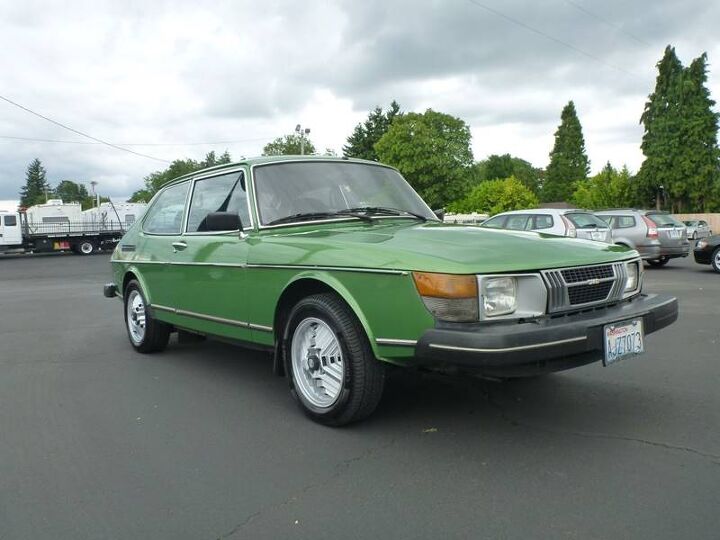





















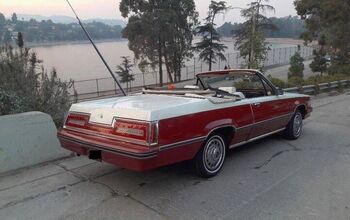
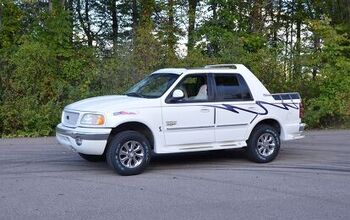
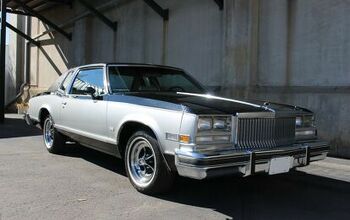
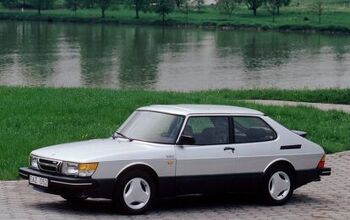











Comments
Join the conversation
If this car were closer to where I live I might be interested in it. Would want to negotiate for a little off the price but that wouldn't necessarily be a deal breaker
My buddy -- let's call him Gooch -- had a slightly later fuel-injected 900 in black with a maroon interior. Smoooooth, reliable, and it felt SUBSTANTIAL to drive in a way no other small car at the time did...plus there was enough space in the hatch to sleep in the thing. When his station in the world improved, he moved on to a used 9000 and gave the 900 for free to his buddy -- let's call him Mouserat -- who had just been "blessed" with a child he could not afford and needed a car. Naturally, the 900 started requiring expensive repairs shortly thereafter, and Mouserat told anyone who would listen how Gooch had done him wrong.